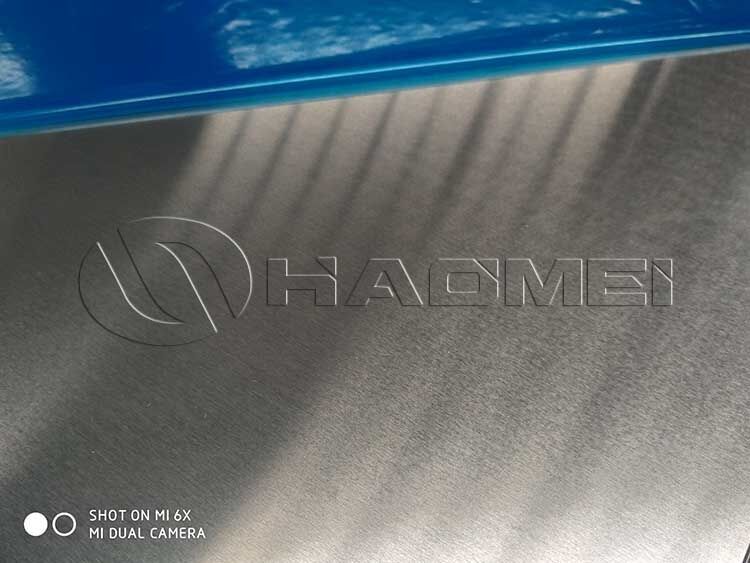5383 and 5089 Aluminum Alloy for Making Boat
In order to continuously improve the comprehensive performance of 5000 aluminum alloys, countries such as Europe and the United States have developed various tempers such as H116, H321, H323, etc. through deformation heat treatment processes on the basis of traditional alloys such as 5456, 5083, and 5086. On the other hand, new 5000 aluminum alloys are constantly being developed by optimizing alloy compositions, such as 5383 registered in 1995 and 5059 alloy registered in 1999.

5059 aluminum alloy has a density of 2,660 kg/m3 (0.096 lb/cubic inch) and a specific gravity of 2.66. Its melting point is 590℃ (1,090℉). Its main tempers are O, H131, H136 and H321.
O temper
Uncured 5059 has a yield strength of 160 MPa (23 ksi) and an ultimate tensile strength of 330 MPa (48 ksi) at -28 to 100 °C. At low temperatures it becomes slightly stronger. The elongation or strain before the material breaks at room temperature is 24%
H131 temper
It has a yield strength of 39.0 ksi (269 MPa) and an ultimate tensile strength of 52.9 ksi (365 MPa).
H136 temper
It has a yield strength of 39.0 ksi (269 MPa) and an ultimate tensile strength of 52.1 ksi (359 MPa).
H321 temper
Its yield strength is 270 MPa (39 ksi), ultimate tensile strength is 370Mpa and elongation is 10%.
The 5059 aluminum alloy plates produced by Haomei Aluminum has passed the system certification of DNV and CCS.
5383 aluminum is a new marine aluminum alloy developed based on 5083 aluminum alloy and adding trace elements of Cu and Zn. This aluminum alloy not only has the same weldability, forming process performance, and plasticity as 5083 aluminum alloy, but also has better corrosion resistance and higher welding strength.
It has been widely used in ship superstructures, speedboat or yacht hulls, torpedo shells, torpedo water tanks and other ship structure fields. Although 5383 aluminum alloy has good corrosion resistance, galvanic corrosion is prone to occur when it comes into electrical contact with materials with higher self-corrosion potential in seawater environments.
Aluminum alloy hull structures, mild steel hull structures, bronze alloy propellers and pipeline structures are often used in ship structures at the same time. Severe corrosion failure can easily occur at the joints of these dissimilar alloys, resulting in ship accidents. This is what the shipbuilders should pay attention to.
Original Source:https://www.marinealu.com/a/5383-and-5089-aluminum-alloy-for-making-boat.html
Tags: 5059 aluminum ,
Prev:Top Ten Classification Societies in the World
Next:What Are Corrosion Resistant Coatings for Fishing Boat Aluminum